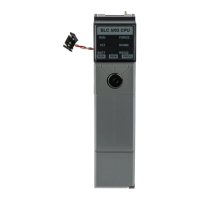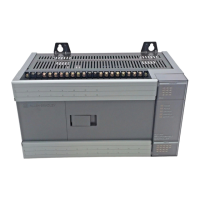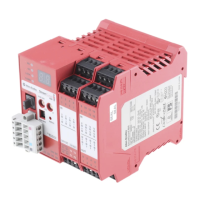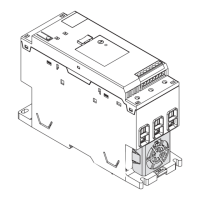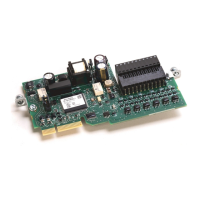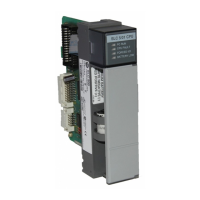B–7RS-232 Communication Interface
Publication
1747-6.2
ASCII protocol allows you to connect the SLC 5/03, SLC 5/04, and
SLC 5/05 processors to serial printers, PCs, and other third party
devices. ASCII protocol allows your ladder program to manage
ASCII data.
SLC
5/03 Processor
Modular Controller
RS-232 Channel 0
1747-CP3
You can connect the SLC 5/03, SLC 5/04, and SLC 5/05 processors
to several different types of modems. In all cases, the processors act
as Data Terminal Equipment (DTE). DTE send and/or receive data
on a network. Modem or line drivers act as Data Communication
Equipment (DCE), which provide the signal conversion and coding
required for communication between DTE and data circuits. Other
DCE include phone-line modems and specialized modems, such as
radio and satellite-link modems.
In addition to Common Return (COM), Receive Data (RXD), and
Transmit Data (TXD), the following active modem-control lines are
provided on the SLC 5/03, SLC 5/04, and SLC 5/05 processors:
RTS (Request to Send) — this output signal indicates to the modem
or other DCE that the DTE wants to transmit.
CTS (Clear to Send) — this input signal from the modem indicates
the modem is ready to receive the transmission by the DTE for
forwarding over a link.
DSR (Data Set Ready) — this input signal indicates the DCE
device is ready for operation. Loss of this signal causes a
“modem-lost” condition in the processor.
DTR (Data Terminal Ready) — this output signal from the DTE
indicates that it is ready for operation. You can also use this signal
with the processor to initiate DTR dialing in dial-up modems that
support such a feature.
DCD (Data Carrier Detect) — this is an input signal from the DCE
that indicates a carrier signal is being received and that presumably
data is to be received for forwarding to the DTE connected.
SC
C
D
1 C
Protocol Modems
Overview
AB PLCs
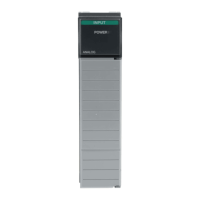
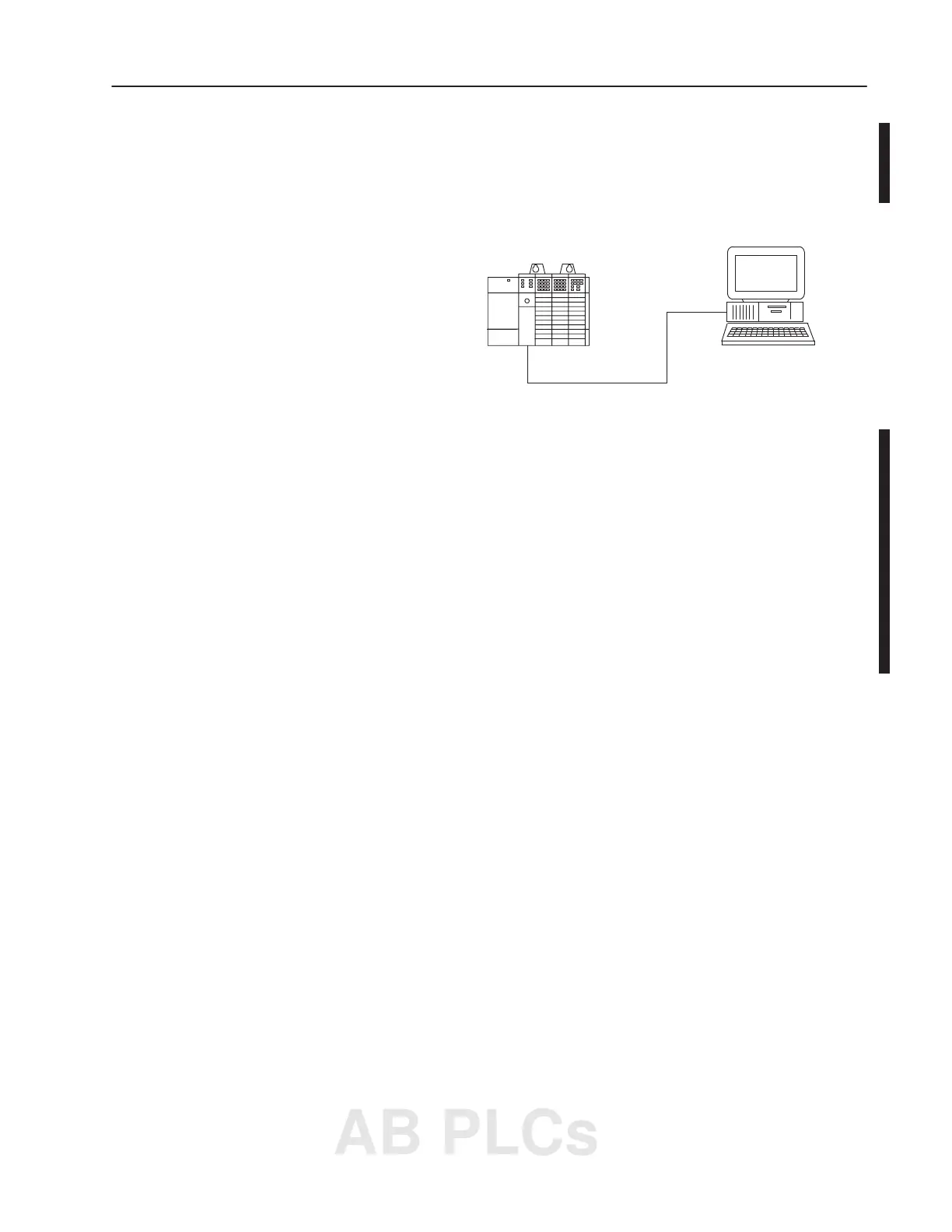